Aruba Edge Services Platform helps organizations build an intelligent and secured hybrid workplace
By MYBRANDBOOK

Prakash Krishnamoorthy
Director - India at Aruba
a Hewlett Packard Enterprise company
Aruba has identified four major trends that CIOs now face that can make or break an organization’s IT program -
• The rise of the hybrid workforce and how that will evolve during and after the pandemic
• The changing role of network security integrated across the fabric of the network
• Graduating from uptime networking metrics to user satisfaction metrics
• Staying the course in implementing automation in networking operations, despite challenges posed by the LAN, WAN and Cloud
The Hybrid Workforce is here to Stay
What many organizations thought would be temporary remote setups to “flatten the curve” of the pandemic infection rate, have evolved to form the hybrid workforce of the future, where employees will work from home, the office, or anywhere else – wherever they have a secure and reliable connection.
For IT, this crisis has presented enormous challenges, but there is a silver lining. CEOs and their boards of directors have come to recognize the impact that IT can have on the business, including how fast change can be implemented, even under such stressful circumstances.
As a result, IT has a seat at the table in pushing forward ambitious forms of digital transformation, even accelerating existing planned transitions, emboldened with how the workforce has adapted to what has become known as the“new normal.”
Security Must Be Viewed Dynamically – from Endpoints, to the Edge, to the Cloud
With the rise of remote working and the hybrid work environment, CSOs and CIOs are clamoring for a connected security approach. When looking at network design principles of the past, security experts essentially started with a policy and then designed a network topology that in turn satisfied policy, which meant that topology and policy were tightly coupled. Networking solutions have evolved to offer significant degrees of separation, where policy gets programmed when and where it is needed, and only when and where it is needed.
Zero Trust network architecture solutions will remain a core piece of effective security with traditional IT workloads moving out of the Edge into either the cloud or SaaS environment. The vacuum left behind is eventually going to be replaced by OT/IoT specific workloads at the Edge. Furthermore, with the implementation of 5G, the networking architecture must contend with multi-access edge compute (MEC) workloads – both private and public - all the more requiring dynamic approaches to security policy that must evolve beyond the user-centric workflows that Zero Trust is primarily optimized for today.
End-User Satisfaction is King
It’s no longer sufficient to just keep the network infrastructure up and running. The metric du jour is user satisfaction which, from the CIO standpoint, is tied to employee productivity that can ultimately impact business profitability.
Networking and security teams are now focused on dynamic experiences that end-users want and expect with the services and applications they choose to use for improved productivity. Instead of asking just what kind of devices are connecting to the network, they are also required to focus on maintaining flexibility and agility while minimizing risk. The goal of network control goes hand-in-hand with business agility.
Staying the Course on Automation in Network Operations
Automation progress is not equal across the entire networking paradigm. In the data center, which is a more controlled environment when compared to the WAN or LAN, adoption is farther along. Changes in a data center are driven mostly in a naturally hierarchical structure and are thus easier to understand and manage through automation scripts.
The Edge (both LAN and WAN), on the other hand, is a more chaotic environment because changes are triggered by factors that are not totally within IT’s control – namely human and device behavior patterns that are constantly changing. There is a big need for leveraging AI and machine learning models to sense changes as soon as they occur and respond to the ones that seem persistent, even if for a short period of time. The maturity of deployed solutions that provide this learning component of automation at the Edge will improve significantly in 2021 and beyond.
Making 2021 a Success
The four trends outlined can provide CIOs and IT leaders with the tools to be better equipped for navigating the unpredictability of today and beyond.
Aruba ESP (Edge Services Platform), an AI-powered, cloud-native platform to automate, unify, and protect the edge eliminates network complexity and overcomes traditional network limitations in areas of operation, management, and security. Aruba ESP helps organizations deliver a hybrid workplace with built-in intelligence, automation, integration, and security, along with a single point of control. Qualitative and quantitative findings confirmed that organizations using Aruba ESP improved their operational agility and efficiency while reducing risk.

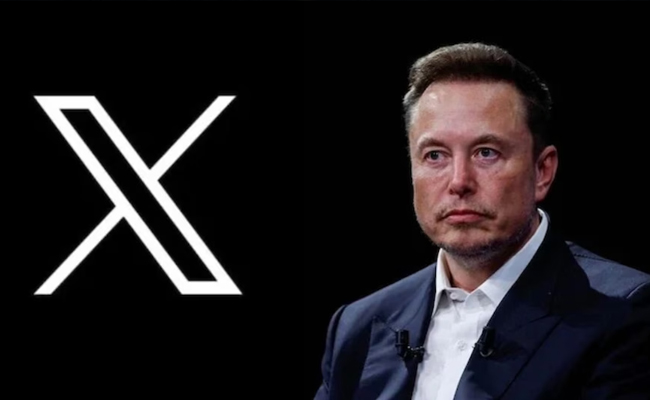
Legal Battle Over IT Act Intensifies Amid Musk’s India Plans
The outcome of the legal dispute between X Corp and the Indian government c...
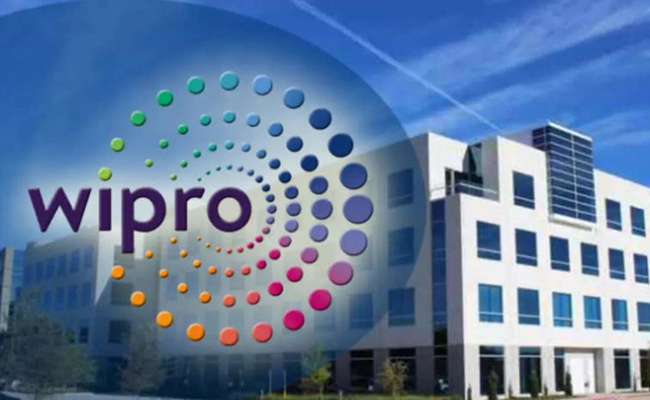
Wipro inks 10-year deal with Phoenix Group's ReAssure UK worth
The agreement, executed through Wipro and its 100% subsidiary,...
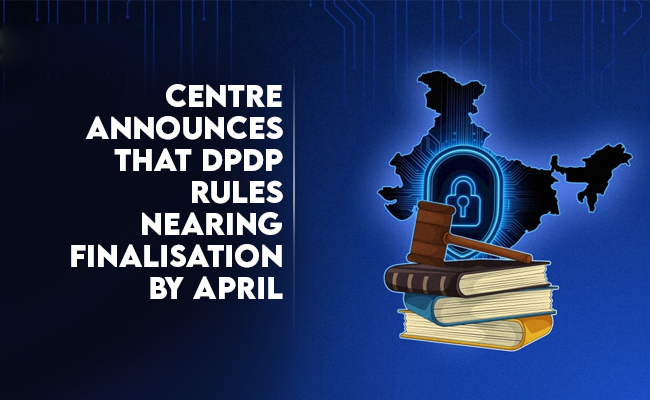
Centre announces that DPDP Rules nearing Finalisation by April
The government seeks to refine the rules for robust data protection, ensuri...
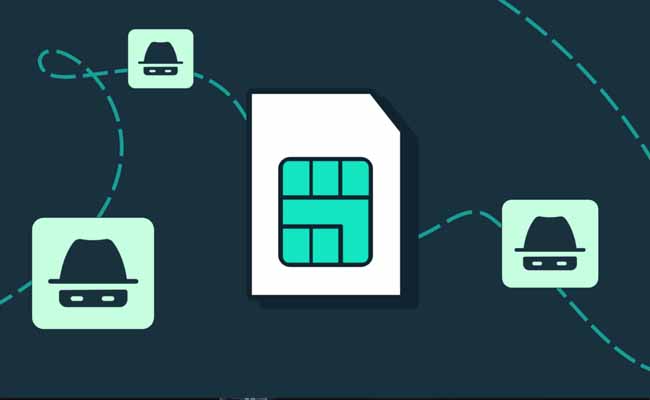
Home Ministry cracks down on PoS agents in digital arrest scam
Digital arrest scams are a growing cybercrime where victims are coerced or ...

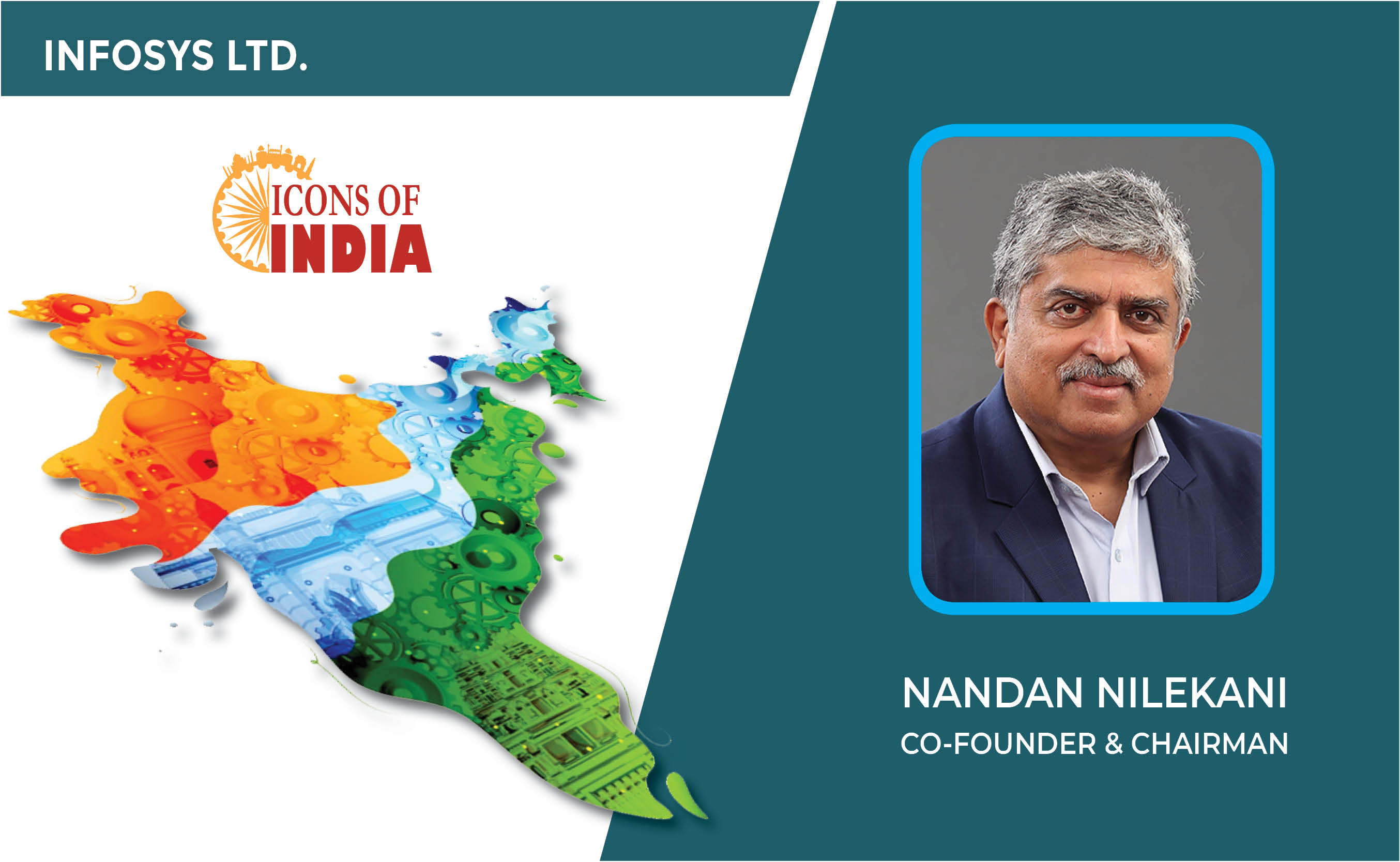
Icons Of India : NANDAN NILEKANI
Nandan Nilekani is the Co-Founder and Chairman of Infosys Technologies...
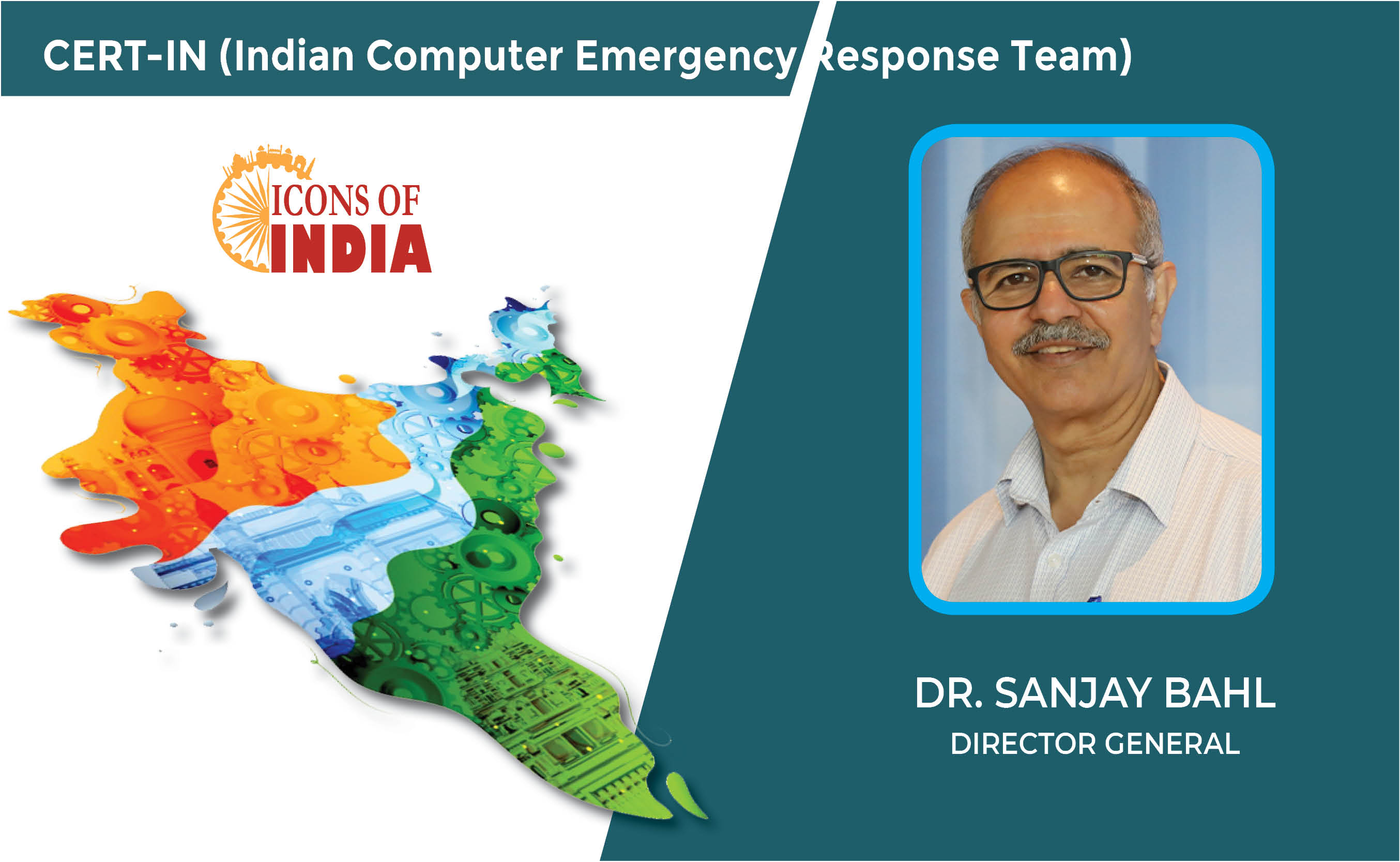
Icons Of India : Dr. Sanjay Bahl
Dr. Sanjay Bahl has around four decades of experience in the ICT indus...

ICONS OF INDIA : SHAILENDER KUMAR
Shailender Kumar is senior vice president and regional managing direct...

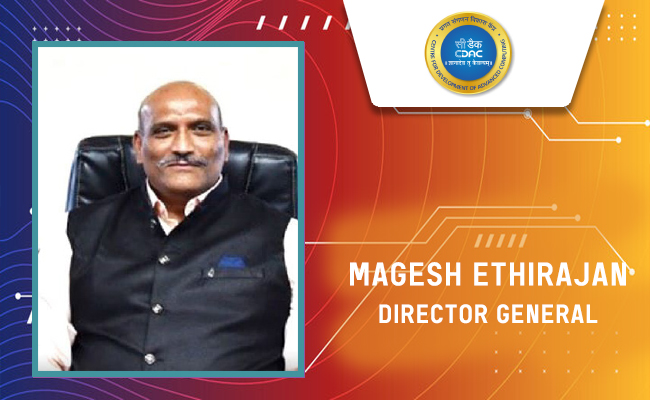
C-DAC - Centre for Development of Advanced Computing
C-DAC is uniquely positioned in the field of advanced computing...
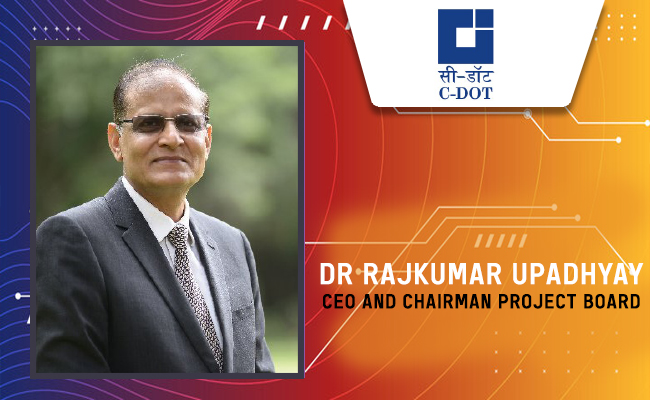
C-DOT - Center of Development of Telematics
India’s premier research and development center focused on telecommu...
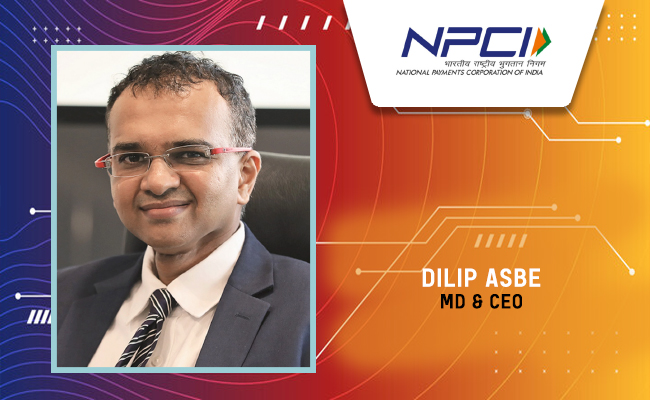
NPCI - National Payments Corporation of India
NPCI is an umbrella organization for operating retail payments and set...


Indian Tech Talent Excelling The Tech World - ANJALI SUD, CEO – Tubi
Anjali Sud, the former CEO of Vimeo, now leads Tubi, Fox Corporation�...
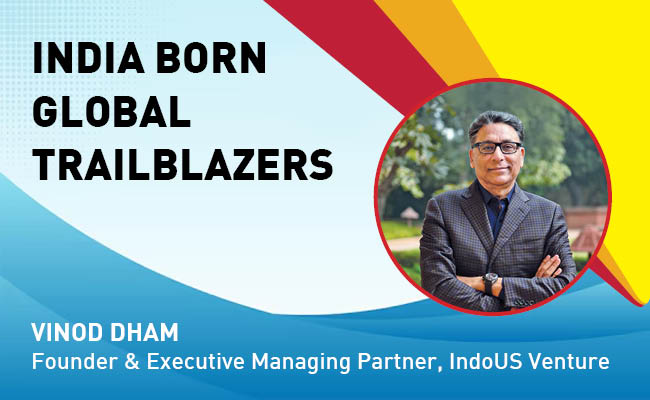
Indian Tech Talent Excelling The Tech World - Vinod Dham, Founder & Executive Managing Partner, IndoUS Venture Partners
Vinod Dham, known as the “Father of the Pentium Chip,” has left an...
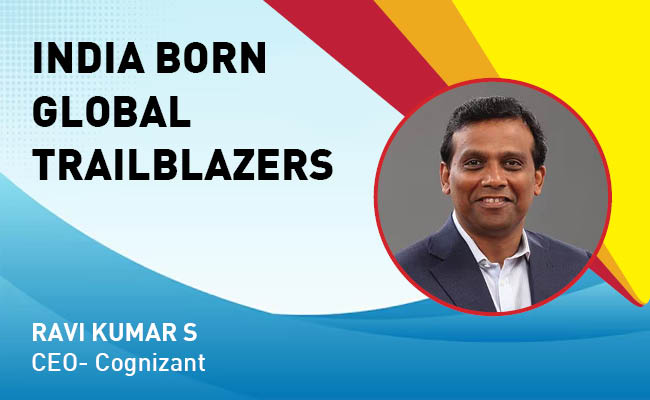
Indian Tech Talent Excelling The Tech World - RAVI KUMAR S, CEO- Cognizant
Ravi Kumar S, appointed as CEO of Cognizant in January 2023, sets the ...
 of images belongs to the respective copyright holders
of images belongs to the respective copyright holders